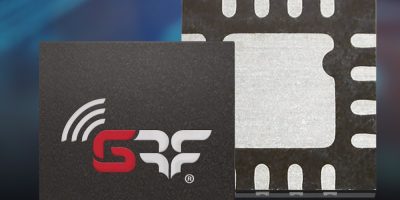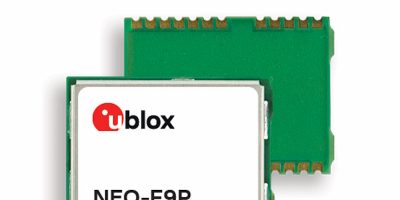The GRF55xx series of InGaP HBT power amplifiers from Guerrilla RF are the first of a new class of 0.5W linear power amplifiers which target all primary cellular bands spanning 615 to 4200MHz. Guerrilla RF also offers GRF56xx variants which double the series’ output power capabilities.
The linear power amplifiers are intended for 5G wireless infrastructure applications that require exceptional native linearity over temperature extremes of -40 to +85 degrees C. Each can deliver up to 26dBm of output power with better than -45dBc of ACLR performance and EVM (error vector magnitude) levels less than 1.2 per cent, without the aid of supplemental linearisation schemes such as digital pre-distortion (DPD).
The ability to beat the -45dBc ACLR (adjacent channel leakage ratio) performance metric without DPD is critical for size, cost and power-sensitive cellular applications, for example in home and commercial repeaters / boosters, femtocells, picocells and cable loss compensators found in automobiles, explained Guerrilla RF.
The first devices to be formally released are the GRF5607 and GRF5608. The span frequency ranges of 703 to 748MHz and 746 to 830MHz, respectively. They are tuned to operate within the n12, n14, n18, n20 and n28 5G new radio (NR) bands.
The ability to beat the -45dBc ACLR performance metric without DPD is critical for cellular applications like home and commercial repeaters/boosters, femtocells, and picocells, as well as cable loss compensators which are used in conjunction with automotive ‘shark fin’ antennas. In each of these use cases, the sensitivity to cost, power and size constraints prohibits the use of elaborate linearization techniques like DPD. Instead, designers must rely on the power amplifier’s native linearity to meet the stringent emissions mask requirements imposed by the latest 5G standards.
“By essentially doubling the output power, GRF is enabling customers to increase the range of their systems by up to 40 per cent,” said Jim Ahne, Guerrilla RF’s vice president of Automotive and 5G products. “Given that these new devices are pin-pin compatible with the previously released GRF55xx series, customers now have an easy path to upgrading the range capabilities of their existing repeater/booster and compensator platforms,” he added.
The GRF5607 and GRF5608 are supplied in pin-compatible 3.0 x 3.0mm, 16-pin QFN packages.
Samples and evaluation boards are available now for both the GRF5607 and GRF5608.






